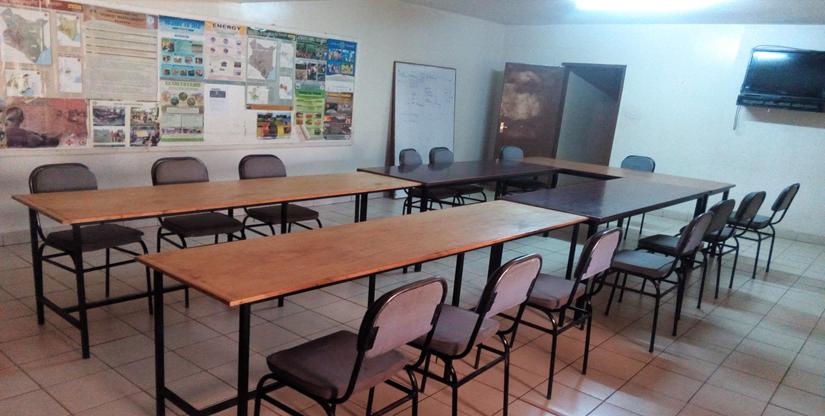Nairobi Region
An Overview of The Nairobi Ecology Program
- Conservation Education to Nairobi youths and East Africa at large
- Establishment of school wildlife clubs and follow ups
- Teachers training workshops
- Environmental clean-ups
- Trips to various conservation areas within Nairobi and Kenya at large Desnaring projects
Did you know Nairobi is the 3rd best world destination? From its dazzling mix of urbanity, world’s famous wildlife, forests, historical sites, to its rich tribal culture, Nairobi is the best place to be.The Wildlife Clubs of Kenya (WCK)prides in taking a leading role in maintaining and improving the Nairobi ecology. Through its Nairobi Ecology program, it provides a package of conservation education mainly to primary and secondary schools.The core objective of the program is to spread interest and knowledge about wildlife and the environment through training, information sharing and advocacy.
A variety of ecological and cultural destinations
The WCK Mokoyeti nature trail
The Bomas of Kenya
Just a walking distance from the WCK headquarters, is the largest cultural building in Africa-The Bomas of Kenya. It is a living museum celebrating the rich and colorful cultures of Kenya. The complex constitutes of huts or bomasbuilt in traditional style reflecting each Kenyan tribe. Here, visitors can learn about the music, art, lifestyle, crafts, and culture of every tribe. You can’t afford to miss the traditional dances and songs performed each afternoon.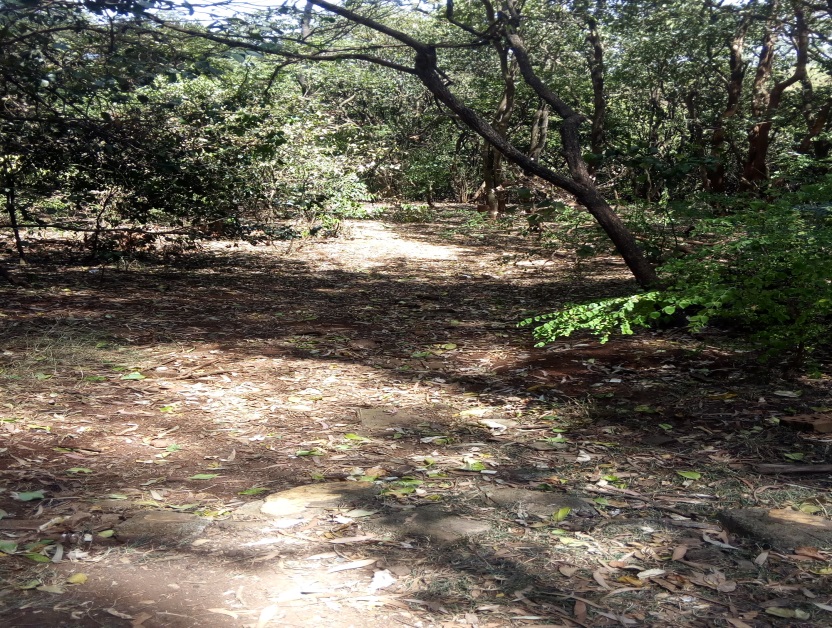
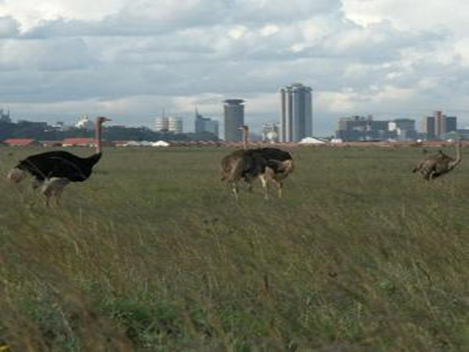
The Nairobi National Park
Opposite the WCK is the Nairobi National Park, the only National Park in the world found in a city.Nairobi National Park is perhaps best known for its Black Rhino sanctuary, the Animal orphanage, and the numerous Maasai Ostriches.This is the best place to see endangered species in their natural habitats such as the Rhino, buffalo, giraffes, leopard, and lion.
Black rhino found in the Nairobi National Park. The black rhino is a critically endangered animal due to poaching for their tasks.Courtesy:KWS Also, the park is the best place to experience the Maasai ostriches in their natural habitats. Most ostriches in the world are found in zoos or confined environments.
The Giraffe Centre
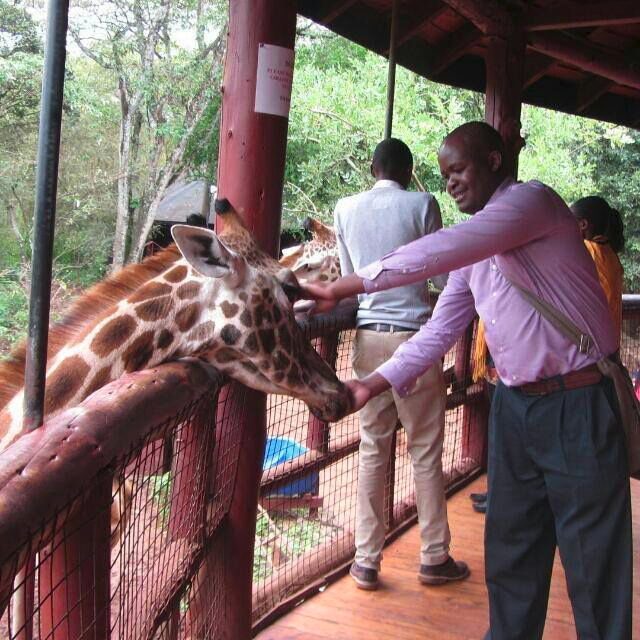
The Nairobi National Museums
David Sheldrick Wildlife Trust
Located within the Nairobi National Park, the center is an elephant-rescue orphanage. Here, you will gain an experience of caring for abandoned or orphaned elephants and rhinos. This is a must see for animal lovers as the elephants drink from their giant baby bottles.An experience of urban tourism
- Jomo Kenyatta International Airport (JKIA)
- The City center
- Kenyatta International Conference Center (KICC)
- National Archives
- Railway Museum
Accommodates up to 75 visitors
The fully-equipped hostels in the WCK headquarters offer you a comfortable nights after visits and walks in the beautiful Nairobi. The inexpensive hostels are equipped with plenty of water, sanitation facilities, fully-equipped kitchen, and plentiful of beds.Members of WCK hire the rooms at a reduced rate.Transport facilities
Here at WCK Nairobi, we provide vehicles for hire to travel within and outside Nairobi; a 10-seater van and a 51-seater bus. We hire the vehicles at a reduced cost for WCK members.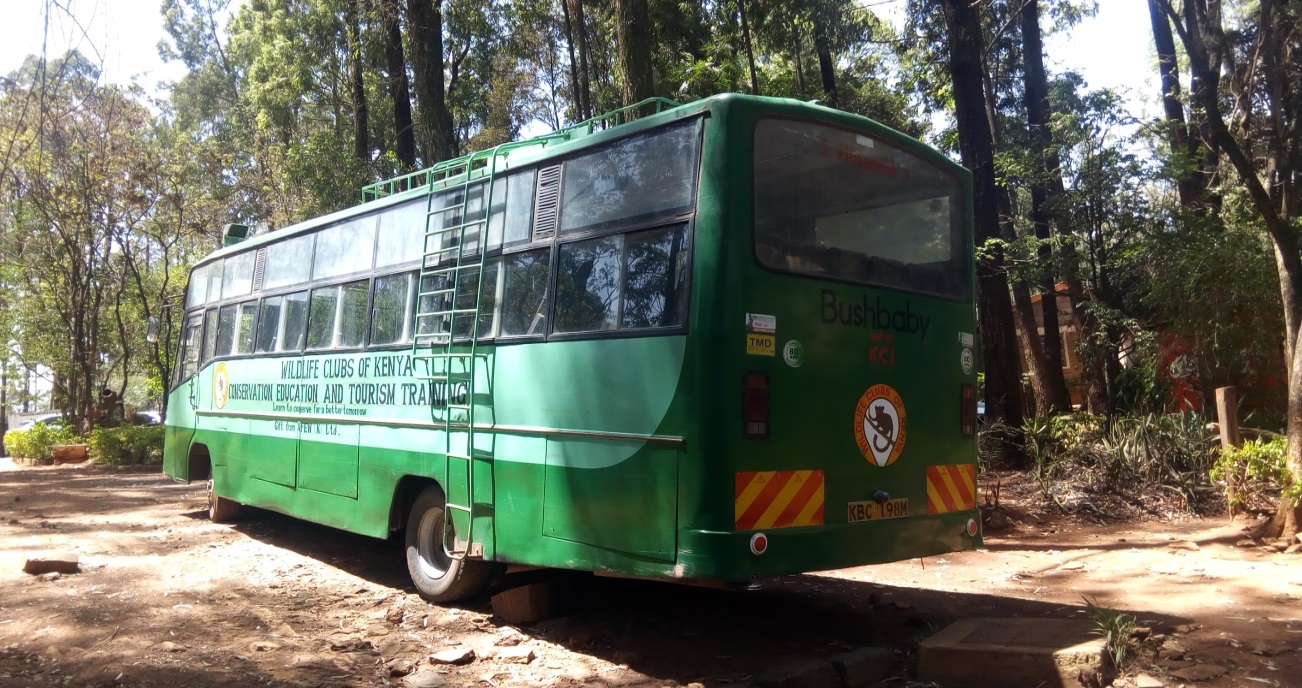
Spacious conference and lecture hall
